Transition Talks: Virtual Job Shadowing Experiences

Research has shown that the number one predictor of employment success for students upon graduation from high school is having some type of work-based learning experiences prior to graduation.
Providing students with opportunities to experience jobs they are interested in by job shadowing is a transition activity often found in transition plans. These job shadowing experiences allow the student to follow an employee to see exactly what they do all day. This transition activity helps the student to explore their interests and aptitudes and determine if the job is a fit for them. Job shadowing experiences help students to understand the importance of completing their education and the possible need for further education or training.
There are times when the job the student is interested in is not available locally. In order to overcome this roadblock, virtual job shadowing can connect the student with job shadowing experiences. These virtual experiences provide opportunities for students to learn from employers in a variety of fields about topics that include educational requirements, necessary skills, working conditions and the rewards and challenges of the different jobs. A variety of options are available to provide these virtual experiences. There are different websites that offer virtual job shadowing experiences, but be sure to review before choosing as some are free and some have a cost. There are also companies that provide their own videos of work opportunities in their establishment. In addition, DORS may be able to provide virtual job shadowing experiences for students who are already a DORS Pre-ETS client. Check with your local DORS office to see if this service is available in your area.
Spotlight
Garrett County Public Schools (GCPS)
Denise Hartman, Transition Teacher
When GCPS went into all virtual learning transition activities, which included job shadowing experiences, still needed to be implemented. Several websites were identified that had videos of workers in many career clusters. Transition resources were created for all case managers to share with students during distance learning. For students with work-based learning transition activities, virtual job shadowing was used as an alternative to community-based experiences.
Appalachian Crossroads, one of the GCPS service providers, is creating videos of worksites from around the county. These videos will be incorporated into the Collaborative Transition Program modules for students to access.
Ms. Hartman shared that GCPS found that virtual job shadowing has opened the door to exploration of jobs their students may never have considered or were not able to experience in their area.
Questions to Consider
- What support is needed by the student and family to participate in virtual job shadowing experiences?
- What methods will be used to provide virtual job shadowing experiences for students?
- How will student progress in WBLE activities be measured, monitored and reported in the virtual learning environment?



